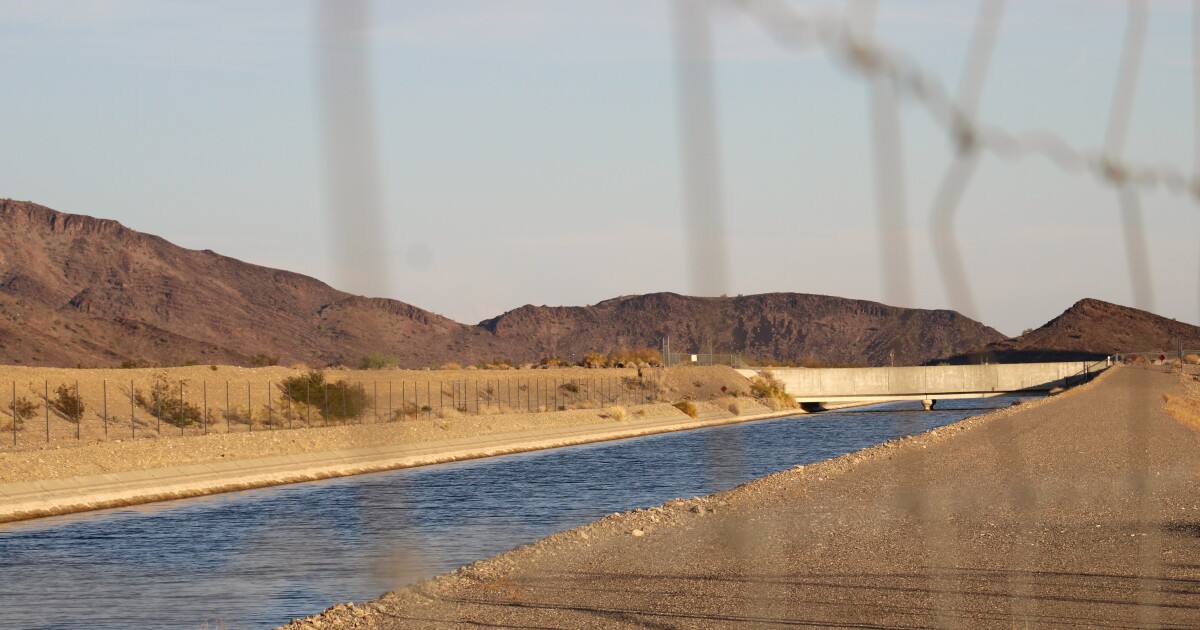Colorado River Faces Severe Drought and Lower Reservoir Levels
- Better American Media

- Aug 18
- 1 min read

Critical Water Levels Plunge as Colorado River Faces Persistent Drought
The Colorado River, vital for the water supply of nearly 40 million people in the Southwestern United States, is grappling with severe drought conditions. These challenges are intensified by ongoing climate change and high water demand. Recent statistics from the Bureau of Reclamation indicate alarmingly low inflow rates and a decrease in the water levels of Lake Powell and Lake Mead, the nation's two largest reservoirs.
As 2026 approaches, Arizona and Nevada are bracing for a "Tier 1 Shortage," which mandates reductions in water supply. These cuts, although difficult, have been anticipated since the initial declaration of water scarcity in the lower Colorado basin in 2021.
In response to the dire situation, various water agencies are implementing measures to alleviate the impact of these shortages. Significant water users are focusing on conservation, and municipalities facing potential permanent reductions are investing substantial funds to adapt infrastructure for future lower water deliveries. Increased conservation initiatives are heavily promoted across the region.
Alarmingly, Lake Powell's water percentage is forecasted to drop to just 27% capacity by the year's end, according to the most current federal data. This decline raises concerns regarding the infrastructure that supports hydropower generation at the dam, potentially threatening electricity supplies to millions across seven states by November 2026. Ongoing decreasing levels are creating critical disturbances within the system.
<source width="880" height="587" srcset="https://

